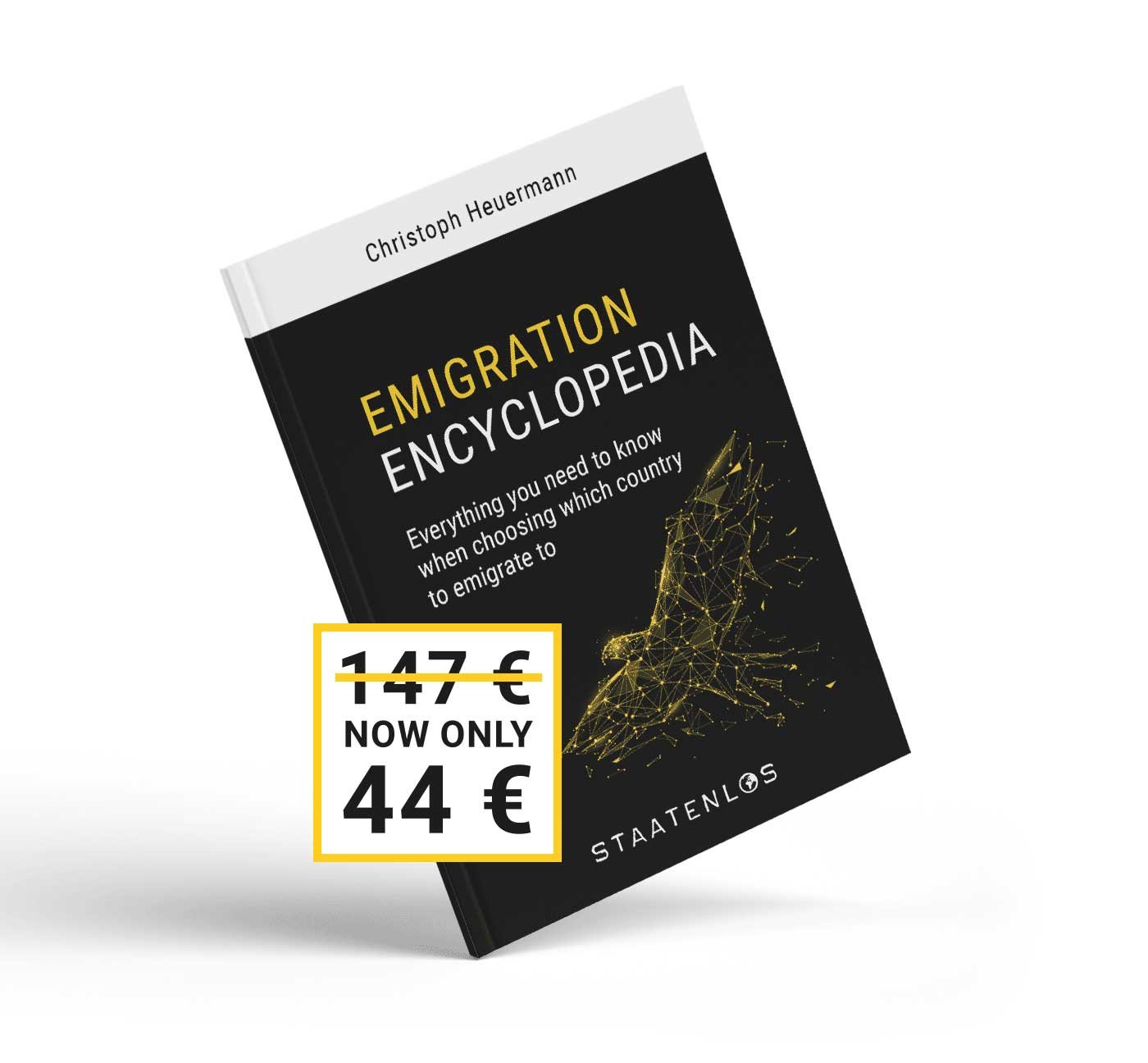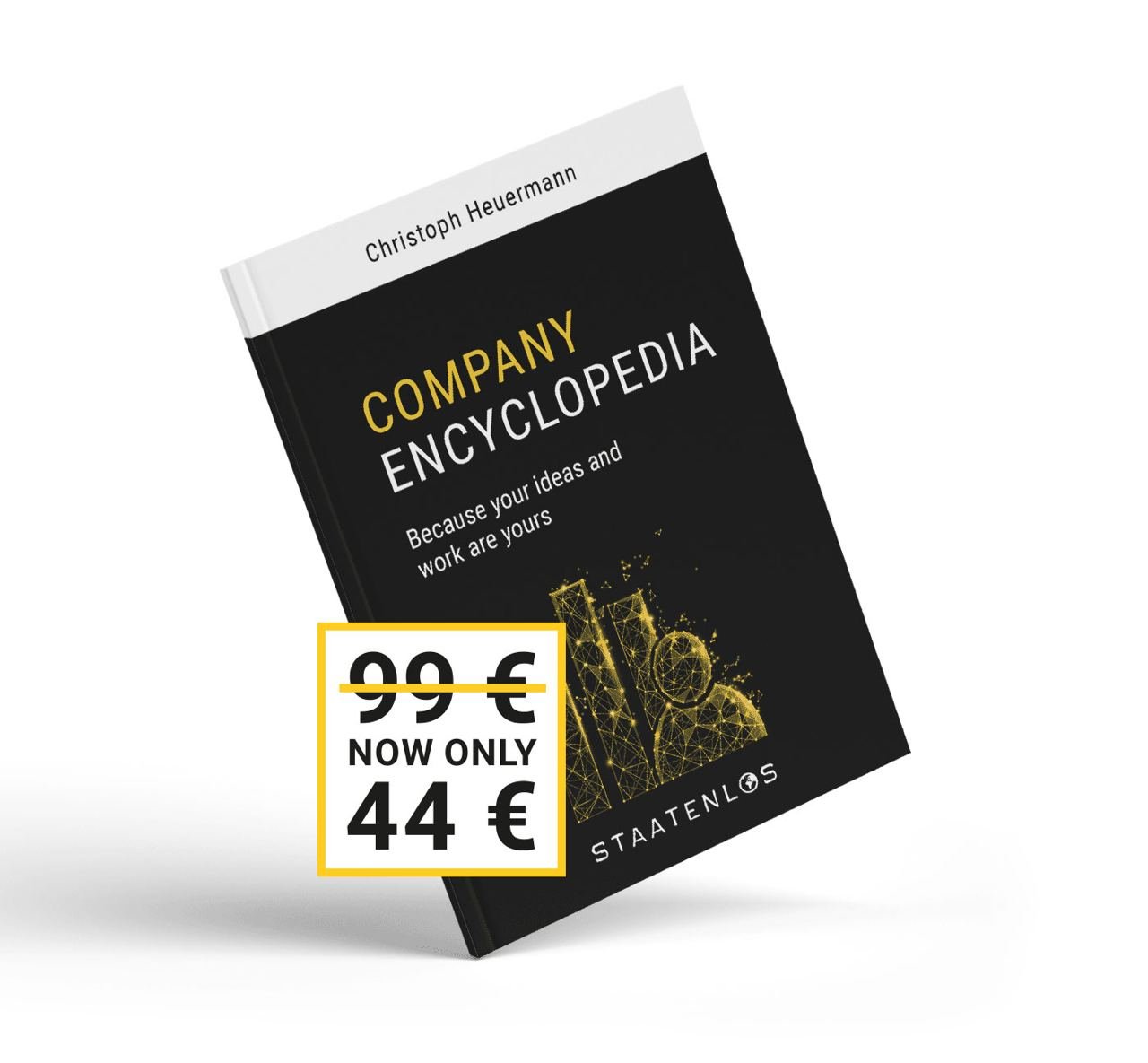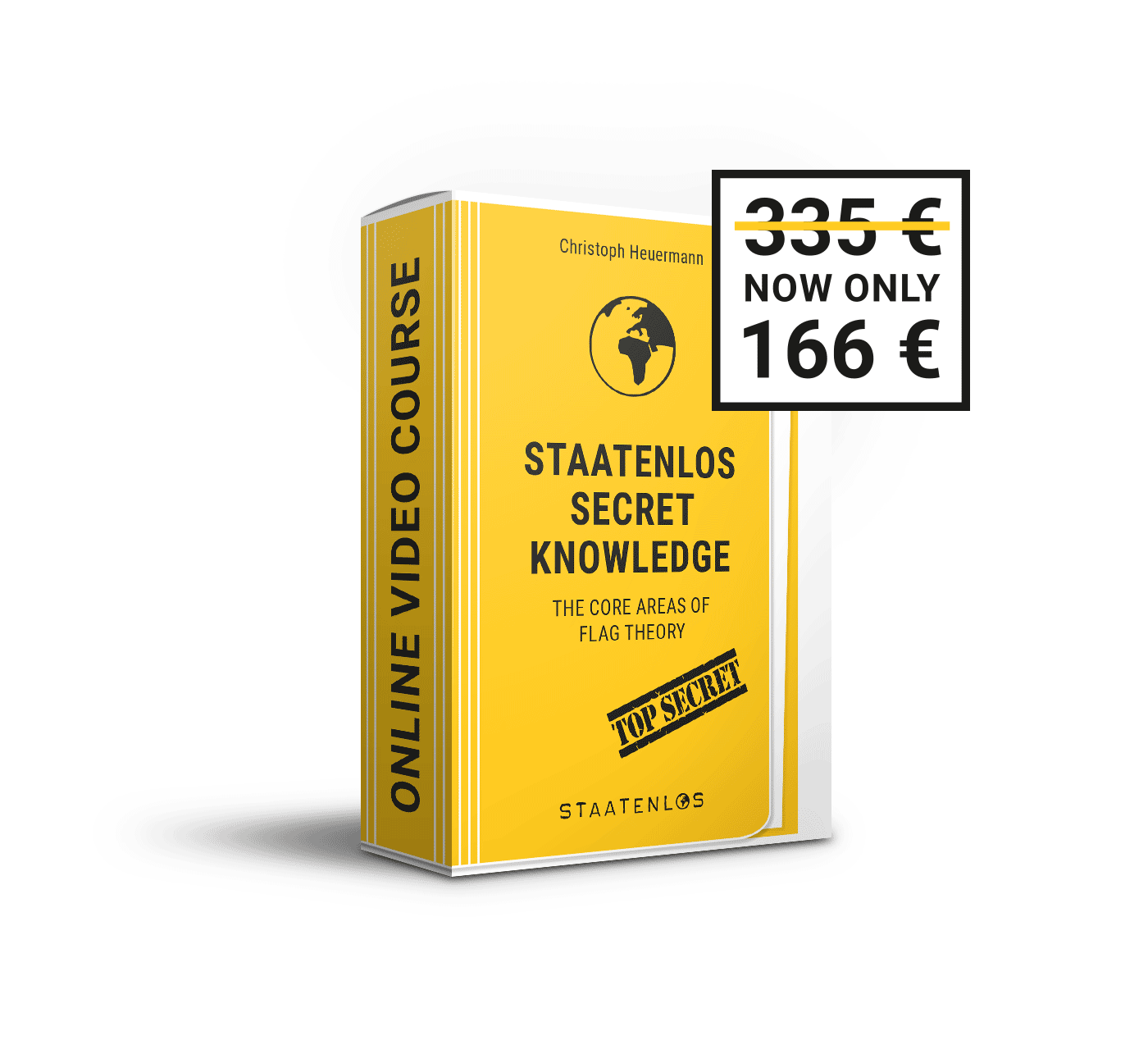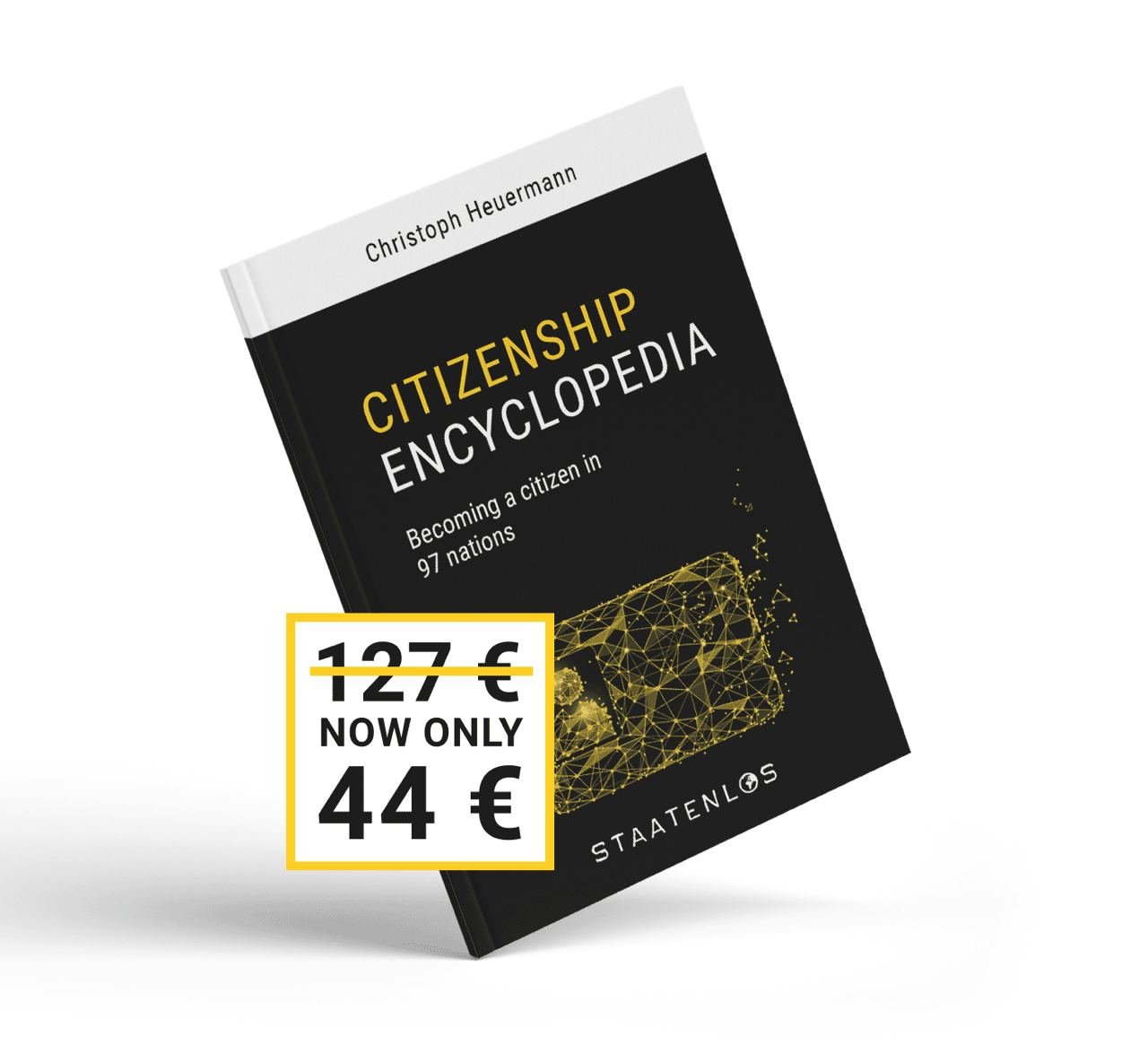In the European Union not everything changes for the worse. Many countries reflect on their national identity which boosts tax competition among the EUs 28 members.
In recent years countries as Romania, Poland and Hungary, have shown this in their respective corporate taxes and something similar is now happening for income taxes in other countries.
Many countries are aware of the success of unique programmes such as Portugal’s NHR or Cypru’s non-dom. Therefore, they are beginning to attract foreigners through tax advantages, which often also apply to nationals who have left the country and decide to return. Italy is one of those countries.
So far, we have hardly talked about Italy in Tax Free Today. We only talked about this country when we indicated that Italy maintains a special friendship contract with Panama, which allows Italians to obtain permanent residence there even more easily than with the Friendly Nations Visa. For them this residence is about €1,000 cheaper.
In regard to taxes, Italy is in many ways even less attractive than Canada, Australia, Germany or Spain. Of course, Italy represents, in some way, the model country with the measures yet to arrive in those other countries.
Particularly in the Italian tax field, there are currently so many interesting tax deductions for different groups that Tax Free Today had to write about. Of course, we must not forget the disadvantages Bella Italia still has. For example, high contributions to social security or excessive information obligations.
In this article we are going to mainly talk about the 3 most relevant tax deductions that have been recently established in Italy and whose appeal has increased substantially thanks to a recent reform. Namely:
- Inbound Tax regime for employees and now also for self-employed
- The non-dom regime for wealthy individuals
- The pensioners scheme, for pensioners who settle in southern Italy
Italy’s current tax situation
In Italy, the Inbound Tax regime has existed since 2017, which grants attractive tax benefits to foreign employees and also to expatriate Italians upon returning to Italy after prolonged absences from their country of origin.
They enjoyed a 50% tax exemption, so they only paid half of the respective income taxes. In Italy, if there are no tax deductions then it quickly rises from 23% to 43%. The specific levels of tax progression are:
- €0-€15,000: 23%
- €15,000-€28,000: 27%
- €28,000-€55,000: 38%
- €55,000-€75,000: 41%
- More than €75,000: 43%
In addition to the income tax, regional (0.7-3.3%) and municipal taxes (max. 0.9%) are added, which vary depending on the place of residence. Different tax deductions of 19% are granted for life insurance, health, school and funeral expenses in small amounts (max. €1,000-€2,000). There are also tax reliefs for non-working spouses (€800 only with income less than €80,000) and children (€950 with income less than €95,000).
The Italian regional production tax (IRAP) hits the self-employed in Italy with 3.9% to 4.82%, depending on the region and nature of the business. This is calculated based on net earnings, which only allows some specific deductions, but here it is purely about activities related to Italy. VAT generally amounts to 22%.
Of course, we must not forget the social security contributions, which in Italy amount from 24% to 34% depending on the activity. This depends on the careers that, especially for regulated professions, usually have their own pension fund. But in most cases you have to contribute to the Gestione Separata (INPS), at a rate of25.72% on a maximum income of €101,427 (for the self-employed).
This charge is significant, but is usually deducted from the taxable income.
However, thanks to the social security agreement between EU countries and a few others, it is possible to avoid paying social security contributions in certain circumstances. In this case, the Inbound Tax regime could become one of the most interesting in Europe. In this regard, Tax Free Today will have to continue investigating to know the real options.
Of course, there are still other relevant taxes. There is the inheritance and donation tax, which compared to the rest of Europe, is rather low and allows high exemptions. However, for each donation you have to make a payment of €200:
- Spouse and children: 4% up to €1 million exempt
- Siblings: 6% up to €100,000 exempt
- Family members: 6% without exemptions
- Unrelated third parties: 8% without exemptions
Taxation on dividends, accrued interest and capital gains amount, in general, to a fixed rate of 26% with various exceptions. Capital gains generated by the sale of real estate are taxed at a rate of 20% (except the main dwelling), provided that the sale is made before the 5-year tenure period. Lease income is normally calculated according to personal income tax, but for short-term rentals of less than 30 days, a fixed rate of 21% applies.
In Italy there are additional taxes on real estate and assets held abroad, (IVIE). Properties abroad are taxed with a wealth tax of 0.76% of the cadastral value (EU) or the purchase price (outside the EU), in exceptional cases with 0.4%. This also generally applies to real estate within the country (IUC).
Assets held abroad are subject to a wealth tax (IVAFE) of 0.20%. All foreign assets must be declared on the “Foreign Investment Return”. An exemption is possible for those in a non-dom regime or under a pensioner scheme.
For non-declaration, there are penalties that amount to 3-15% of the asset value, which is double the amount you would be charged if it is kept in one of Italy’s blacklisted countries. The deadline for tax declaration and other documents usually ends on the 31st October for the previous tax year.
Inbound tax regime, now also for self-employed
After explaining the current tax system, lets look closely at the rules of the Inbound tax regime. This scheme has existed since 2017 for certain employees with a 50% exemption. Until now it could only be used by certain professionals or people with a university degree who had studied or worked at least 2 years outside of Italy and who in the last 5 years were not subject to Italy’s tax obligation.
By using the Inbound tax regime you agree to live in Italy for at least 2 tax years, this way you can take advantage of the tax exemptions for 5 years. In order to do so, it is essential that your life is in Italy, which has similar regulations to those of the entire EU. If you are registered in the Italian population register (similar to the registration system of other EU countries) this usually entails tax obligation. It must be clear that the residence is in Italy, and not in another country.
Agreed on the 28th June 2019, this regime is currently being expanded. Among the most significant changes are the increase in the exempt amount (up to 70%) and the expansion of the programme, also covering self-employed and individual entrepreneurs.
If emigration is to the southern regions of Italy, the exemption reaches 90%. These regions include: Abruzzo, Molise, Campania, Basilicata, Calabria, Sardinia and Sicily.
A tax exemption of 90% in southern Italy means paying practically only 10% of the progressive income tax. If you were at the maximum tax rate of 43% (as from €75,000) you would only be paying 4.3%.
In northern Italy the maximum rate would fall from 43% to 30%, that is, around 13%.
Of course, to take advantage of this reduction you can not have had any tax obligation for the last 2 years in Italy.
The tax exemption generally applies the year you emigrate to Italy and the following 4 years. Under certain circumstances, you may be exempt for an additional 5 years, from 50% (70% in southern Italy) of the tax. For this, you need to buy a property in Italy within one year, whether that is before or after taking advantage of the Inbound tax regime. Alternatively, having a young child also qualifies. If you are a large family (at least 3 children) the tax exemption will still be 90%.
It is important to keep in mind that the special regime must be used for at least 2 tax years. If you do not fulfil this minimum period, the tax exemption can be cancelled with backdated effects and normal income taxes must be paid. In addition, the activity must mainly be carried out in Italy.
In terms of tax residence, the 183 day rule applies in Italy. Short stays abroad for vacations and work trips of less than two weeks are normally considered as stay days in Italy, but you have to live in Italy and not in another country.
In order to enjoy the tax exemption of 90% in southern Italy, the crucial factor is where the household and residence of the family –spouse and children- is.
Under the new directives, virtually any foreigner and many emigrated Italians can benefit from the Inbound tax regime. The requirement is to have the nationality of an EU country, EEA or a country where a double taxation agreement or an information exchange agreement is upheld. Certain professions or a university degree are no longer required. Also, the time required to be abroad since the last tax obligation in Italy has shortened from 5 to 2 years.
Thanks to tax exemptions and, despite the high social security contributions, it may be worth thinking about emigrating to Italy if you are a high-income self-employed professional.
Assuming you would live in southern Italy, earning €100,000, you would pay approx. €30,000 to the Italian social security, but in return you would have (if you trust the Italian Government’s promise) retirement, disability, illness, work disability and unemployment insurance. If you earn instead €200,000, thanks to the cap of social security contributions, you would pay only about €5,000 more taxes, the effective tax rate would be reduced from around 30% to less than 20%. For annual income of €500,000, the effective tax rate amounts to only 10%, which continues to decrease as income increases.
The important thing is to understand that tax exemptions only apply to self-employed and private entrepreneurs who operate without limited liability.
You cannot benefit from the Inbound tax regime, or it will be difficult to, if you own shares in local or foreign companies. At least not for dividend distributions, but in any case, for the liquidation as self-employed of your own companies.
If you own companies and businesses abroad, you must comply with the typical rules of effective administration and CFC rules, which also apply in Italy. This is the reason why Italy´s non-dom regime, in force since 2017, is more interesting than the Inbound tax regime for wealthy individuals and entrepreneurs owning companies abroad.
The Italian non-dom programme
In 2017, Italy copied the traditional Anglo-Saxon system of “non-dom taxation for foreigners”, as its southern neighbour and popular tax haven for Italians – Malta – has attracted tax refugees for decades.
However, the Italian model is more similar to its northern neighbour – Switzerland – as it provides a fairly high minimum fixed tax rate.
The fixed tax rate amounts to €100,000 plus €25,000 for each family member. This compensates all foreign income which stays abroad. National income, instead, is taxed under normal Italian rates. It is not possible to combine this system with the Inbound tax regime. There is only one exception, if you sell a substantial amount of shares of a company in the first 5 years of living in Italy, these profits may have to be taxed.
Unlike in classic non-dom countries, the condition that the money is invested abroad or spent on foreign travel (Remittance Base Taxation) is not compulsory here. Instead, from the payment of global taxes a kind of territorial taxation is applied. Foreign income can also be transferred to Italy and spent or invested there. This includes any category of foreign income. Only national income is taxed at normal rates.
Any person who has had a tax obligation in Italy for a maximum of one year in the last 10 years may use this scheme.
In theory, the tax return can be requested to enter the non-dom system associated with the payment of the fixed tax rate. But it is better to ask for an advance ruling from the Italian tax authorities. The non-dom regime can be used in total, for a maximum of 15 years.
An additional advantage for non-dom in Italy is the exemption of property tax for real estate and other assets abroad. These no longer need to be declared, nor does the inheritance and donation tax apply.
The CFC rules are still applied for non-dom, so we should pay attention to the requirements regarding the business substance in case you have companies abroad (office, employees and management).
Of course, €100,000 of fixed taxes, plus €25,000 for each additional family member is not a small amount, but compared with other smaller tax havens, the Italian proposal is quite attractive. Currently in Switzerland, a minimum of €150,000 is paid, even in the most economic cantons, as a single tax rate.
Be that as it may for most readers of Tax Free Today, the Inbound tax regime will be more attractive.
However, the non-dom status is clearly more attractive as long as properties and assets of great value (delivering high dividends and capital gains) are possessed abroad.
Of course, you have to keep in mind that changing the regime is difficult, so from the get go you need to weigh up what regime best suits you.
Tax advantages for pensioners in southern Italy
The previous two are not the only tax advantages that Italy offers. A third tax advantage can be interesting, specifically for the elderly.
For this program, it is mandatory to settle in southern Italy, in cities with less than 20,000 inhabitants. Abruzzo, Molise, Campania, Apulia, Basilicata, Calabria, Sardinia and Sicily are included. The goal is to revive the small unpopulated Italian cities.
This special programme can be used by all retirees and pensioners who receive a guaranteed lifelong income from public or private entities abroad. Since a minimum amount is not established, in principle, life insurance is also accepted as proof, provided that it promises a guaranteed monthly payment until death.
The tax advantage consists of a fixed rate of 7% not only for the foreign pension or the equivalent income, but also for other income from abroad. With this, pensioners with high capital gains will pay much lower taxes than normal (7% instead of 26% in most cases).
It is possible to voluntarily exclude income obtained in certain countries from the fixed tax rate. For example, in order to benefit from double taxation agreements and current tax credits with the normal Italian rules (regulation “on demand”). This usually makes sense for foreign pension income.
Therefore, this programme is really interesting for pensioners who have certain capital gains. The requirement to be able to benefit from this is not having being a tax resident in Italy for the last 5 years. In addition, your country of citizenship must have a double taxation agreement or a TIEA (tax information exchange agreement) in force with Italy.
Similar to the non-dom regime, the new pensioner status in Italy, offers the exemption of wealth tax and its information obligations. The fixed tax rate of 7% can be used for 10 years, and it is possible, at all times, to leave the country before that period.
In general, special status for pensioners is preferable to non-dom status as long as you have less than €1.5 million a year of foreign income. But, of course, the requirement is the aforementioned foreign guaranteed lifelong income.
What programme to choose in Italy for each situation
Italy, under its previous government developed very positively in other aspects. There are other tax benefits that amount to 90%, for example, for academics and researchers, who are intentionally aimed at, in order to return to the country. Elite athletes and their representatives can also benefit from a programme similar to the Inbound tax regime enjoying a 50% tax exemption.
It was clear that the Italian government intended to reduce the extreme gap between the north and the south with ingenious tax incentives. This could give impoverished southern Italy a similar economic boom seen in Portugal and Cyprus, both hit hard by the financial crisis, thanks to its respective programmes.
Mainly, the new Italian tax facilities offer possibilities for all companies and individuals. But Italy is especially interesting for the readers of Tax Free Today who want to stay in Italy for more than half a year (preferably in the south).
The effective tax rate burden should be below 20% in the following cases and fall below that level as higher income is attained.
- Self-employed and individual entrepreneurs, especially earning more than €200,000
- Employees of all types, particularly with high incomes, especially scientists
- Wealthy individuals and entrepreneurs with annual income from abroad from €500,000 onwards
- Retirees/ pensioners with high capital gains
For entrepreneurs who already operate companies and do not want or cannot take a step back to return as self-employed, it is not so easy to use the new Italian tax advantages.
For them, the non-dom status is only worth if they have high incomes (for €500,000 the rate for singles would only be 20%). Instead, they might consider liquidating their businesses and bringing their money as an individual entrepreneur to Italy enjoying tax advantages.
When it comes to substantial investments abroad, non-dom status or retirement status will make much more sense. Since, it is not possible to combine the programmes or change at a later date (or only after a certain period), it is essential to think about it very carefully from the beginning.
Of course, Italy has many structural problems that the new tax advantages cannot solve either. In particular, the country’s financial system is in very bad shape and runs serious collision risks.
Even so, the new Italian measures are definitely in the right direction and they establish good incentives. This could continue to increase tax competition in Europe to the dismay of the EU Commission and the OECD.
There is no doubt that Italy is one of the countries with the best quality of life in Europe, if not the world.
If the options of Portugal, England, Ireland, Malta or Cyprus have not convinced you, you can choose to live pleasantly in Italy, making a few compromises whilst paying relatively few taxes. Well, after all, taxes are not the only thing that matters.
Tax Free Today can help you finding the best option for your residence and even doing all the paperwork.
In case you want to take the step, you can make a consultation with us or get in touch to help you organizing the move. Or, if you want to find out more about the best countries to emigrate to, you can buy our ebook: the Tax Free Today Encyclopedia for Emigrants.
Did you like our blog article?
Support us by purchasing our products and services. Or build up a passive income by recommending us as an affiliate! And don't forget to check out Christoph's travel blog christoph.today!
Secret Knowledge Video Course
Learn Everything that You Need to Know for a Life as a Perpetual Traveler
Watch Video CourseEncyclopedia Collection
Acquire Expansive Knowledge about Banking, Companies, Citizenships, and Emigration.
Order eBooks






